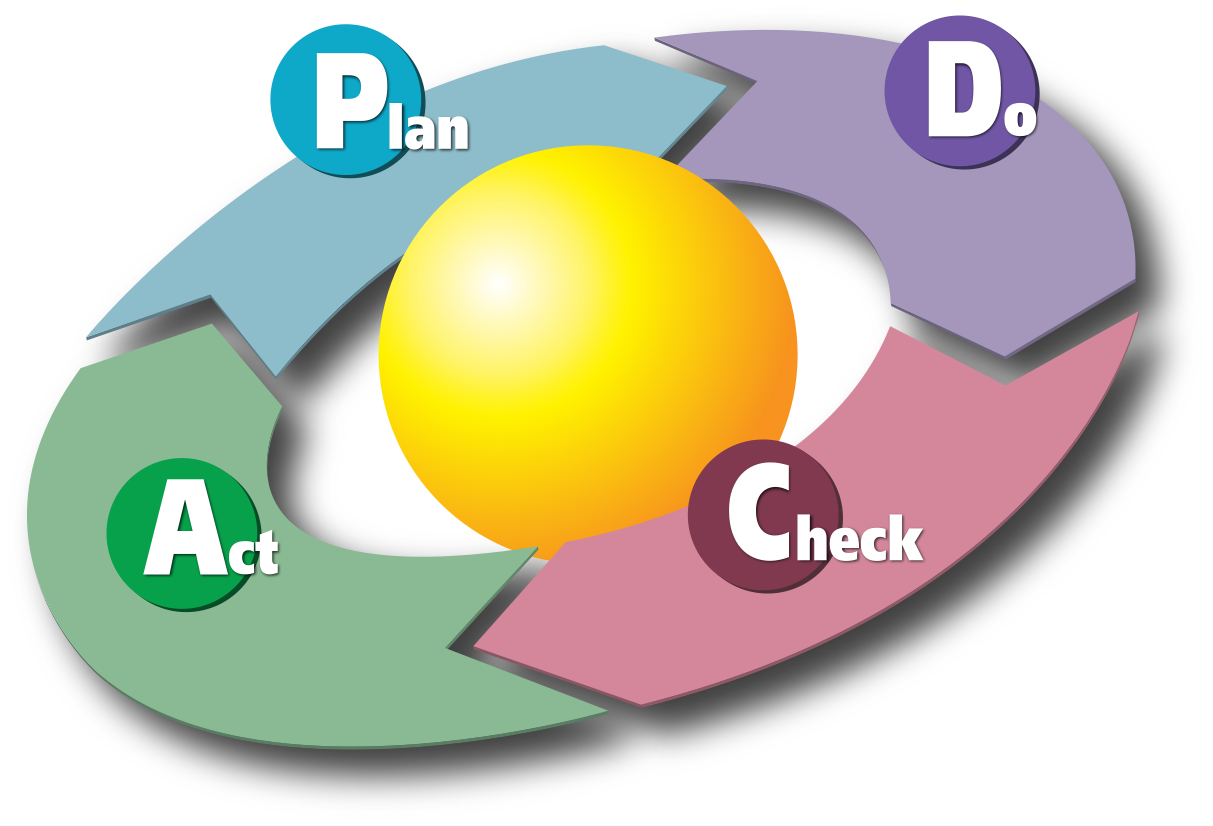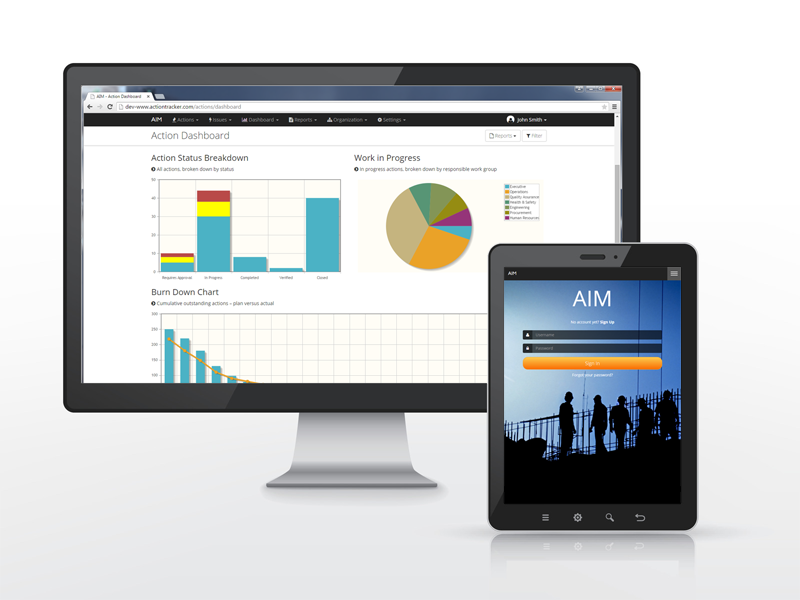
Diagram by Karn G. Bulsuk (http://www.bulsuk.com)
What are Continuous Improvement and Plan-Do-Check-Act?
Continuous improvement, quite simply, is your organization's ongoing effort to improve its products, services, or processes. Despite the hype surrounding the term, all organizations already engage in some form of continuous improvement by simply trying to do better. The differences come in the degree of rigour with which we go about this process – and the resulting level of success.
Plan-Do-Check-Act (PDCA) is a classic model that can be used to analyze and organize our improvement efforts. Originally developed and popularized by the American engineer William Deming, PDCA is a 4-step, iterative process.
Let's look at each step individually:
- Plan: What are we going to build, produce, or achieve? How are we going to do it?
- Do: Execute the plan.
- Check: What issues, problems, and other observations did we encounter during execution?
- Act: Fix the underlying causes.
Rinse and repeat, over and over again. Each time we go through the cycle, our plan becomes better because of the corrective actions we took in the previous cycle. Hence, continuous improvement.
How Do Management Systems Fit In?
Modern management system standards are built on the foundation of PDCA, including the three members of the Management System Triumvirate:
- ISO 9001: Quality Management Systems
- ISO 14001: Environmental Management Systems
- OHSAS 18001: Occupational Health and Safety Management Systems
Check out our article on The Management System Triumvirate for more information.
How Do I Close the Loop?
Most organizations are excellent at planning and doing. If we are generating revenue, we usually know how to plan our work and execute on it. The checking and acting is where we most often fall down. It's understandable – documenting problems and fixing underlying causes is hard work. It doesn't immediately increase top line revenue, and causes additional cost.
The problem is, if we don't learn from our mistakes, we will most certainly repeat them. So how do we effectively and efficiently document issues and track corrective actions? How do we close the loop? We find that many organizations start with burdensome paper based processes (or a collection of Word files) for issue and action tracking. Typically, spreadsheets and homespun Access databases make up the next level of complexity. But to truly capture this information, we recommend using a simple, structured database. It should have a widely accessible web based front end and insightful graphical dashboards that will allow thorough analysis and understanding of all issues and resulting required actions.
Looking to Automate your Check and Act Steps?
AIM is a management software tool that enables leaders within an organization to effectively track issues and manage actions through their full lifecycle.
- Learning Centre Contents
- Plan-Do-Check-Act
Modeling the Continuous Improvement Process - The Management System Triumvirate
Bringing Quality, Environment, Health, and Safety Standards Together - The Safety Triangle
Why You Should Track Near Misses, Good Catches, Observations, and Low Level Events - Using Description Codes and Cause Codes
To Trend Quality, Environment, Health, and Safety Issues

